Parkinson’s Strawberry Shortcake
Katie Maxwell, Visitor Services and Design Coordinator
In honor of an excellent sale on strawberries, I will be attempting James Parkinson’s strawberry shortcake as written in his 1880s periodical, The Catering and Household Magazine (pg 328). Although I have never made strawberry shortcake, I have the vague notion that it involves either biscuits or sponge cake. This recipe seems to be the biscuit version:
To one quart of sifted flour, add two teaspoons of Hecker’s baking-powder ; rub this into a large tablespoonful of the best butter ; wet with a sufficient quantity of buttermilk to form a soft dough having first dissolved in the buttermilk one tablespoonful of soda ; mix lightly, and bake immediately on a griddle ; make the cake rather thick and about the circumference of a large dinner-plate. When baked, and while warm, split and cover both sections freely with the best butter ; cover the lower half thickly with the best and ripest strawberries ; sprinkle the strawberries liberally with fine white sugar ; cover the berries and the lower half of the cake with the upper half as a lid ; dust the lid with fine white sugar ; saturate freely with the richest of sweetened cream.
Now from the bottom of a grateful heart, offer up a special form of thanks-giving and then eat while the whole is still quite warm.
Parkinson did not list his ingredients separately, so I have extracted them (kind-of) for the sake of convenience:
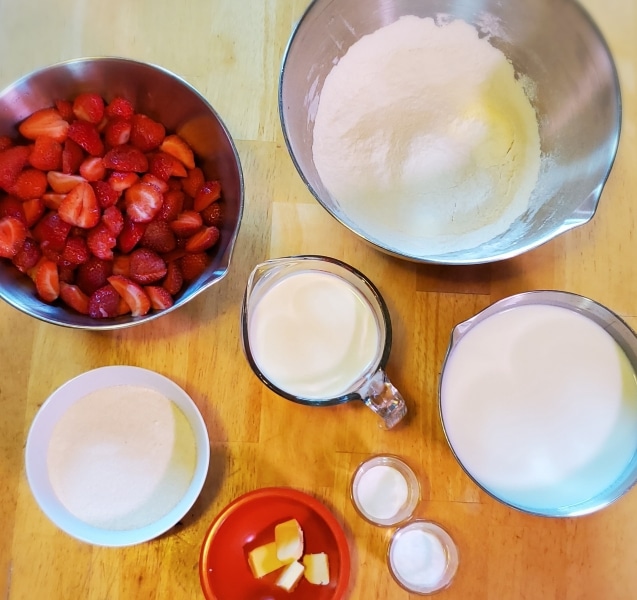
Quart of sifted flour
Two teaspoon’s Hecker’s baking powder
Buttermilk [quantity unknown]
One tablespoon of soda [baking soda?]
Best butter
strawberries
Fine white sugar
Sweetened cream
Like other 19th-century recipes I’ve attempted, not all of the quantities are spelled out; I’ll have to make it up as I go. I’m guessing that “soda” means something similar to baking soda, though I can’t be sure. I am however confident that “fine white sugar” refers to superfine or caster sugar. (If you ever can’t find caster sugar when you need it in a recipe, just run some granulated sugar in the blender for a bit; it will work just as well.)
Let’s get started:
To one quart of sifted flour, add two teaspoons of Hecker’s baking-powder ;
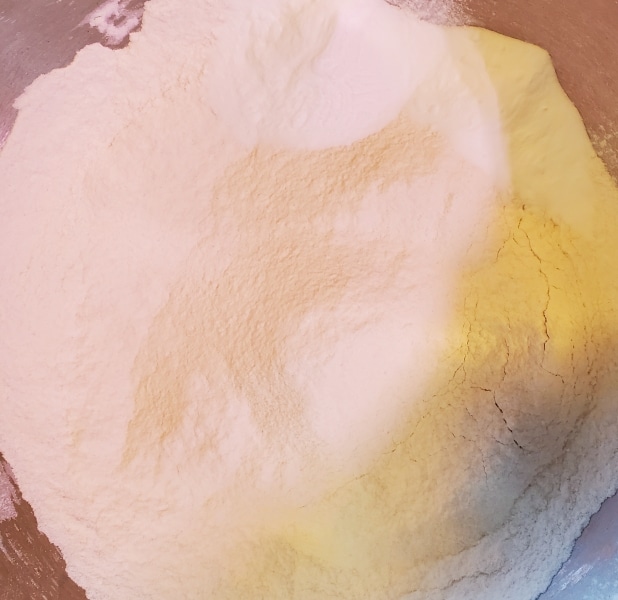
I wonder what was special about the Heckers brand of baking powder. I only have a store-brand; what Parkinson doesn’t know won’t hurt him. I have also chosen to mix my baking soda into the dry ingredients (like modern recipes suggest) rather than saving it for a future step.
rub this into a large tablespoonful of the best butter ;
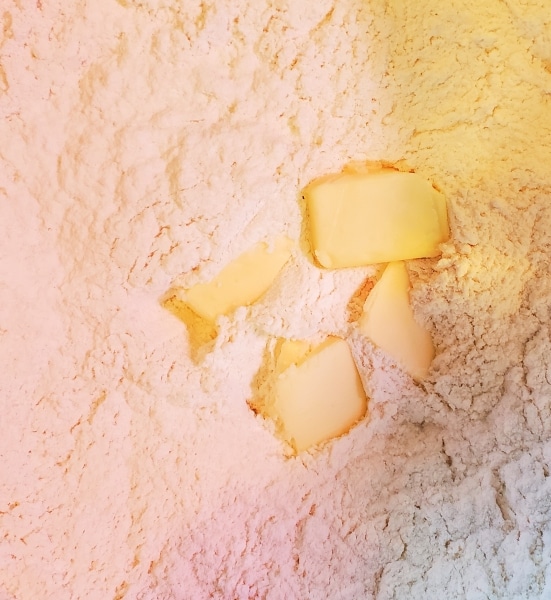
This can’t be enough butter.
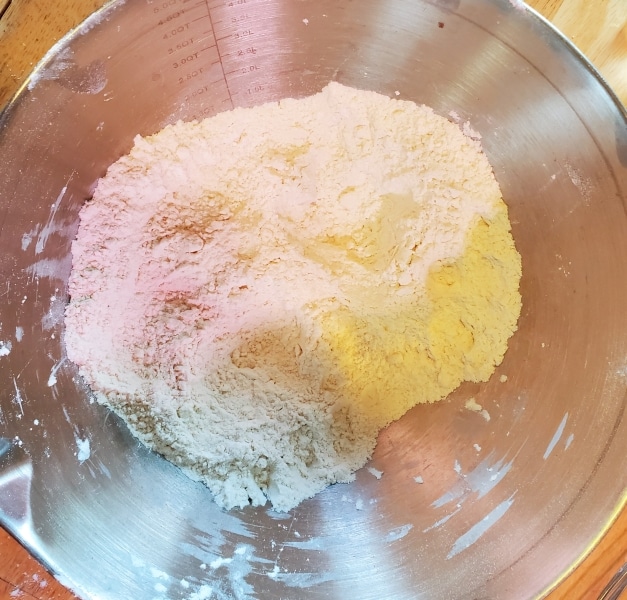
The butter practically disappears once I rub it into the flour. Aren’t biscuits supposed to be buttery?
wet with a sufficient quantity of buttermilk to form a soft dough having first dissolved in the buttermilk one tablespoonful of soda ;
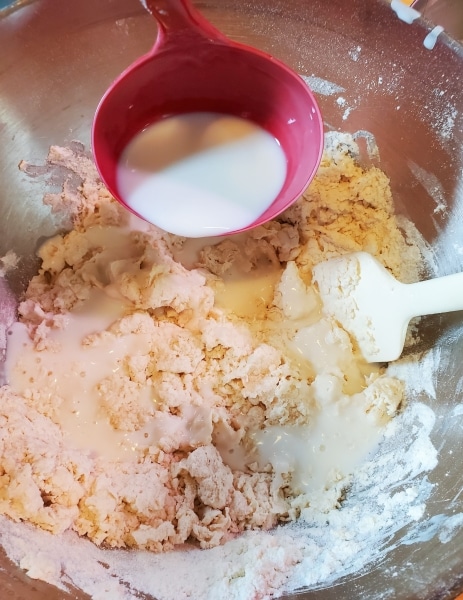
So far as I know, modern baking soda doesn’t need to be dissolved in liquid. However, I have no idea how much buttermilk to use. I end gradually ladeling in just under two cups.
mix lightly, and bake immediately on a griddle ; make the cake rather thick and about the circumference of a large dinner-plate.
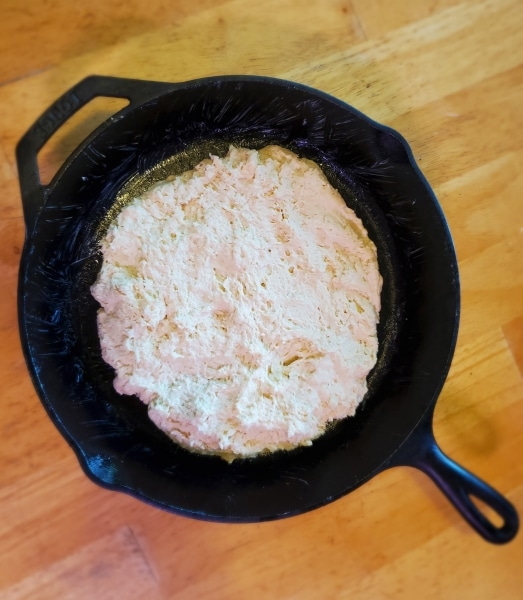
Although it probably isn’t necessary, I decided to butter the pan. I’ve never made anything like this before, and I don’t want it to stick.
When baked,
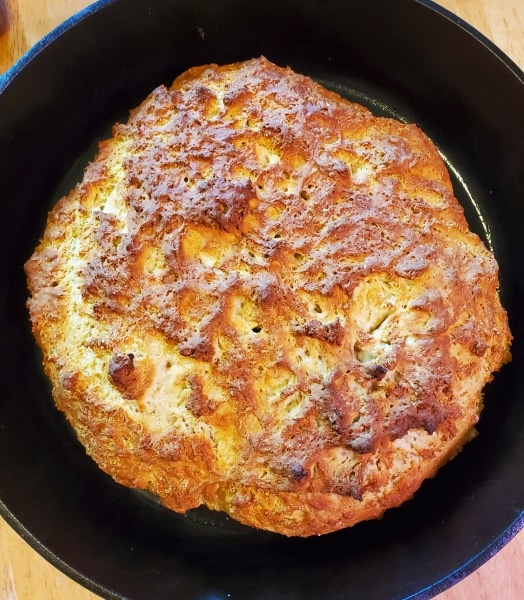
It looks baked and….interesting.
and while warm, spilt and cover both sections freely with the best butter ;
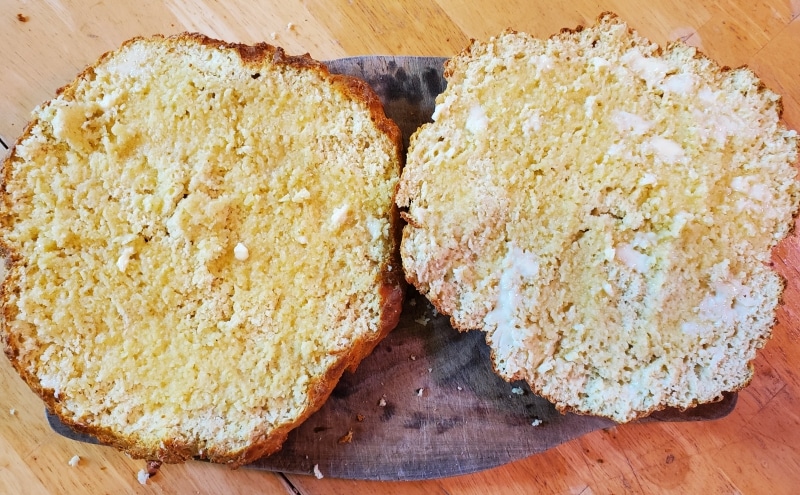
I found a fancy-looking Irish butter at the grocery store. It had a picture of a cow on it.
cover the lower half thickly with the best and ripest strawberries ;
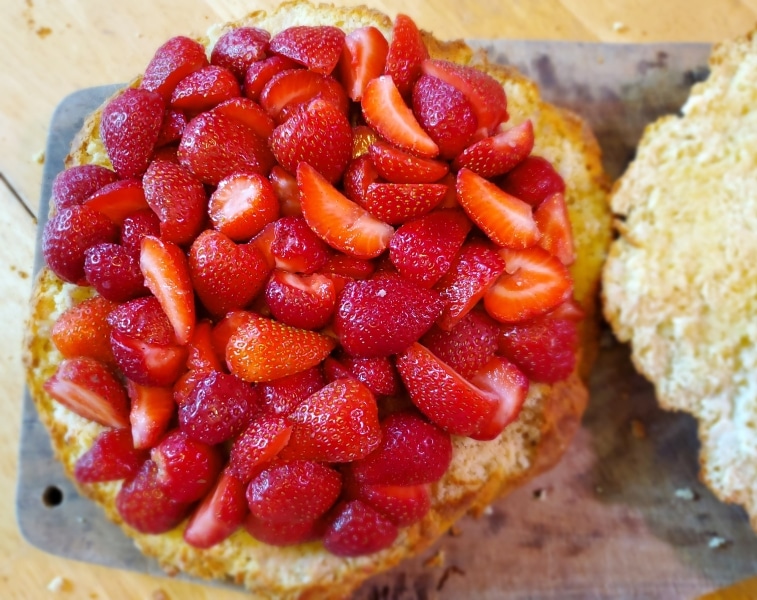
Mmmmm, strawberries.
sprinkle the strawberries liberally with fine white sugar ;
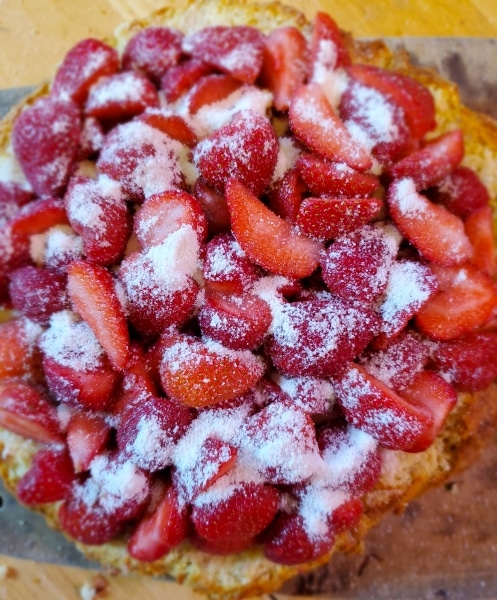
Even better.
cover the berries and the lower half of the cake with the upper half as a lid ; dust the lid with fine white sugar ; saturate freely with the richest of sweetened cream.
I don’t know if “sweetened cream” refers to whipped cream or cream with added sugar, so I’m going to try both methods. While the shortcake was baking, I prepared whipped cream and separately dissolved sugar into barely simmering cream.
Now from the bottom of a grateful heart, offer up a special form of thanks-giving and then eat while the whole is still quite warm.
I’ll try the whipped cream version first.
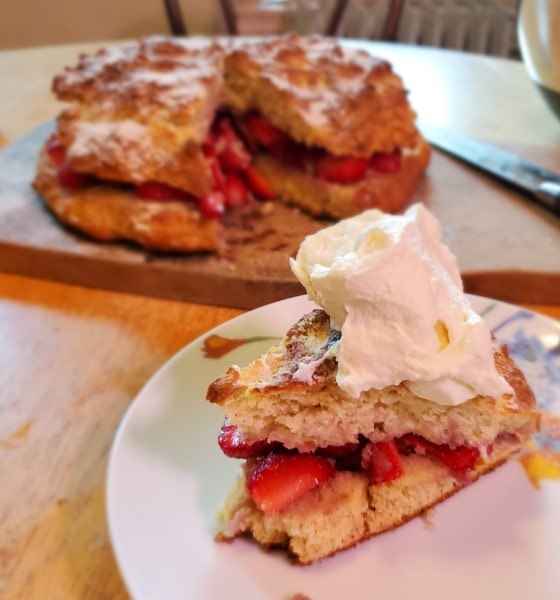
Well, this is a disappointment. The shortcake/biscuit has a bitter aftertaste. Something must have gone wrong. Either 19th-century “soda” is something thoroughly different from modern baking soda, or the printed butter quantity was wrong.
Let’s see if now-cooled liquid sweetened cream helps.
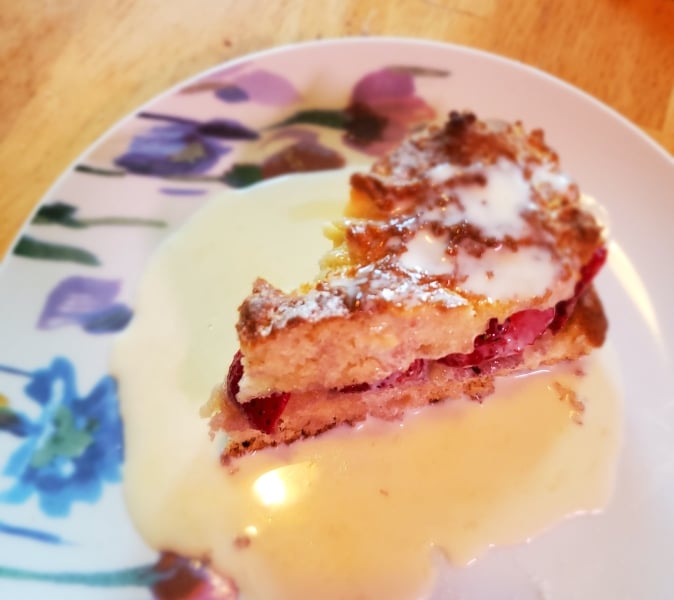
It does! It might not look as pretty, but giving the shortcake a good soak in the cream significantly reduces the bitter taste. However, the bitter flavor is not gone. I have to wonder how the usually reliable Parkinson steered me so wrong. I won’t be making this again, but I will be eating leftover strawberries with whipped cream.


